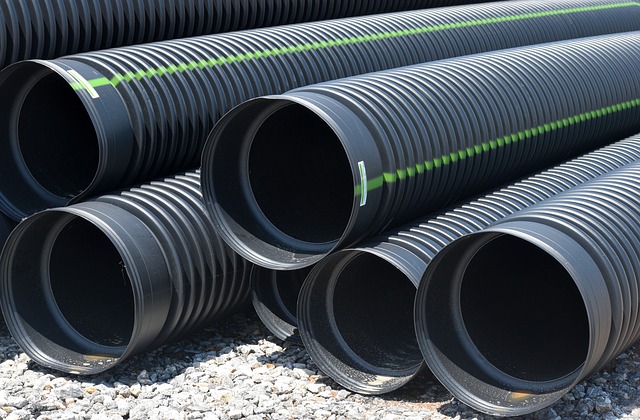What Is Trenchless Digging?

When some people think of underground pipe repair, they think of large construction crews with jackhammers ripping up huge sections of roads. They mostly remember how much inconvenience the construction caused with detours and traffic jams. Pipe repair on a public street is bad enough, but it can be even more complex when repairs are required on pipes under buildings, parking lots or homes. Luckily, significant advances have been made in pipe repair technology, making it much less intrusive. Trenchless pipes repair has become the preferred method for fixing leaks and blockages because it causes much less disruption.
Improvements in Pipe Repair Technology
The innovation of trenchless technology can be compared to progress made in medical surgery. Years ago, patients who required surgery often ended up with large scars because doctors had to open them up to get to the issue. These days, however, many complicated surgeries require incisions only the size of a small pencil hole. Surgeons insert cameras and tools into the body and fix problems watching a screen and controlling robotic arms. Trenchless pipes repair is essentially the same idea. Instead of tearing up massive areas, technicians are able to use specialized tools to enter pipes and locate breaks, clogs, or leaks from the inside. This means that the repair process is less disruptive and requires less labor.
Tools of Trenchless Pipes Repair
Drain cameras allow crews to see along the pipe sections and understand what repairs are required. The cameras are even equipped with detectors so that repair techs can pinpoint the exact location of a problem from above ground. Trenchless pipes repair has eliminated the guesswork involved in digging. Repair technicians also use water jetters that have nozzles attached to the end of a cable that shoots high-pressure water to clear blocks. If the block is something solid like a tree root or a piece of metal, robotic cutters can saw through even the hardest objects. All of these tools are flexible and can be fed through multiple bends in pipes.
Cured in Place Piping
Once the issues are identified, trenchless pipe repair technicians can get to work fixing them remotely. They can patch and reline damaged sections of pipe without having to tear up concrete. They do this by feeding an epoxy and fiberglass lining into the pipe and using tools to place the new lining. This is referred to as cured-in-place-piping, or CIPP. It’s revolutionized the way pipe repair is done across the United States. Contact us to find out more about CIPP and find a CIPP technician near you.